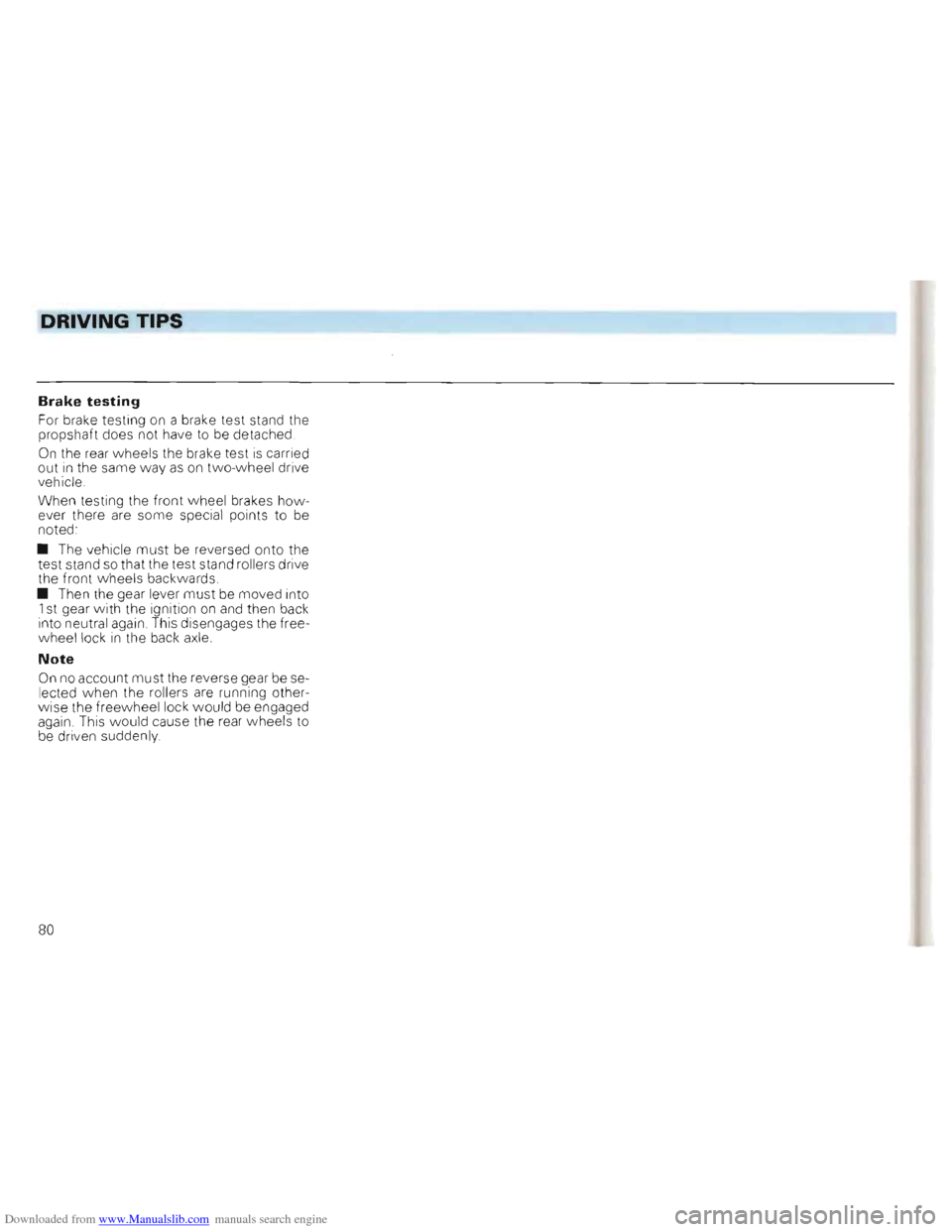Page 81 of 156
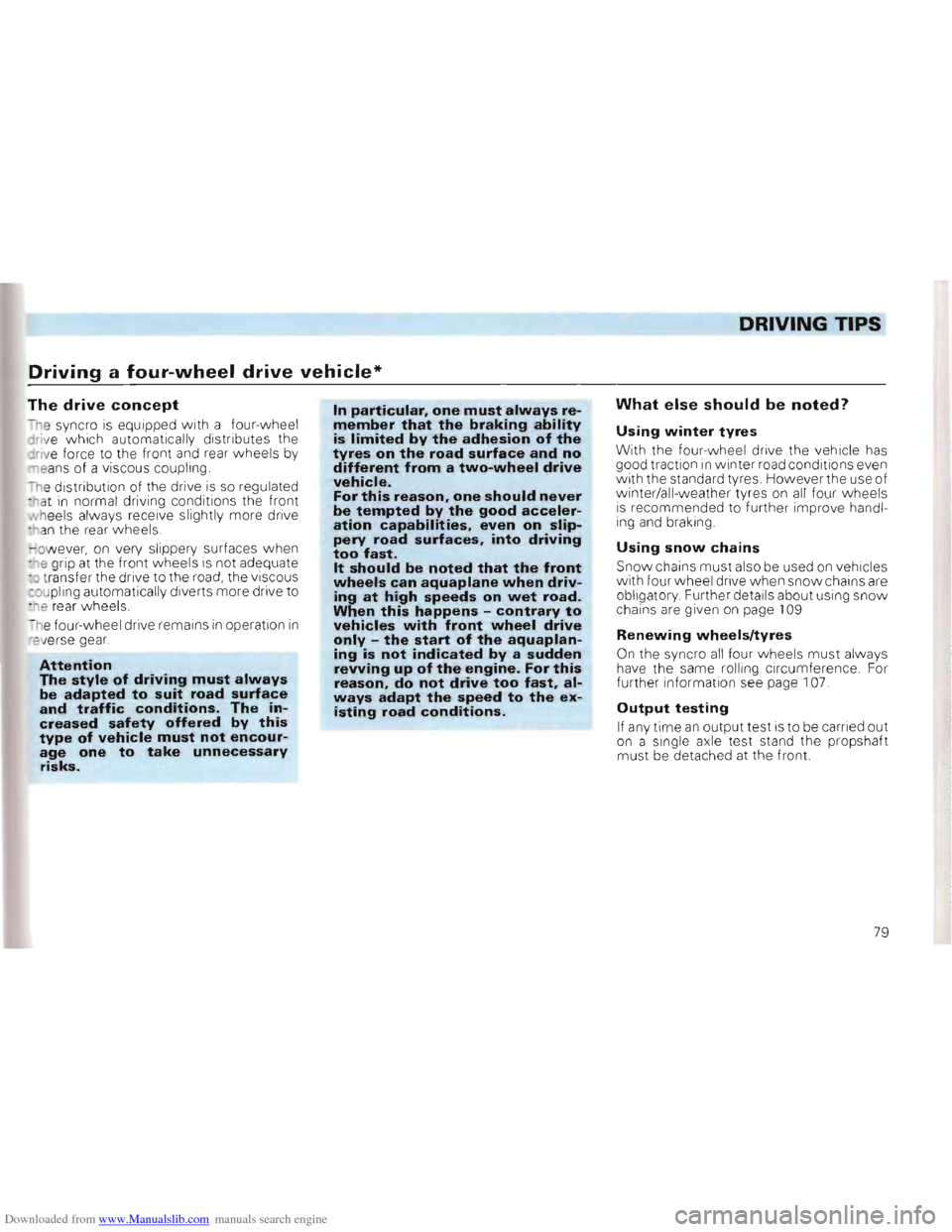
Downloaded from www.Manualslib.com manuals search engine DRIVING TIPS
Driving a four-wheel drive vehicle*
The drive concept
-h e syncro is equipped with a four-wheel
dri ve whi ch automatically distributes the
jnve force to the front and rear wheels by
eans of a viscous coupling.
n e distribution of the drive
is so regulated
- at in normal driving conditions the front
• heels alway s receive slightly more drive
' h an the
rear wheels.
owever , on very slippery surfaces when
-'l e grip at the front wheels is not adequate
t ransfer the drive to the road , the viscous
:ou pling automatically diverts more drive to
-'le rear wheels.
e four-wheel drive remains
in operation in 'ev erse gear.
Attention The style of driving must always be adapted to suit road surface and traffic conditions. The increased safety offered by this type of vehicle must not encourage one to take unnecessary risks.
In particular, one must always remember that the braking ability is limited by the adhesion of the tyres on the road surface and no different from a two-wheel drive vehicle. For this reason, one should never be tempted by the good acceleration capabilities, even on slippery road surfaces, into driving too fast. It should be noted that the front wheels can aquaplane when driving at high speeds on wet road. When this happens -contrary to vehicles with front wheel drive only -the start of the aquaplaning is not indicated by a sudden revving up of the engine. For this reason, do not drive too fast, always adapt the speed to the existing road conditions.
What else should be noted?
Using winter tyres
With the four-wheel drive the vehicle has
good traction in winter road conditions even
with the standard tyres. However the use of
winter/all-we ather tyres on
all four wheels is recommended to further improve handl
ing and braking.
Using snow chains
Snow chains must also be used on vehicles
with four wheel drive when snow chains are
obligatory . F urther details about using
snow chai ns are given on page 109
Renewing wheels/tyres
On the syncro all four wheels must always have the same rolling circumference. For
further information see page 107.
Output testing
If any time an output test is to be carried out
on a sin gle axle test stand the propshaft
must be detached
at the front
79
Page 82 of 156
Downloaded from www.Manualslib.com manuals search engine DRIVING TIPS
Brake testing
For brake testing on a brake test stand th e
props haft does not have to be detached .
On the rear w heels the brake test is carried
out in the same way as on two-wheel drive
vehicle .
When testing the front w heel brakes how
ever there are some special points to
be noted:
• The
ve hicle must be reversed onto the
te st stand so that the test stand rollers drive
the front w heels backwards .
• Then the gear lever
must be moved into
1 st gear w ith the ignition on and then back
into neutral again Th is disengages the free
wheel lock in the back axle.
Note
On no account must the reverse gear be se
lected when the rollers are running other
wise the freewheel lock would be engaged
again.
This would cause the rear wheel s to
be driven suddenly.
80
Page 83 of 156
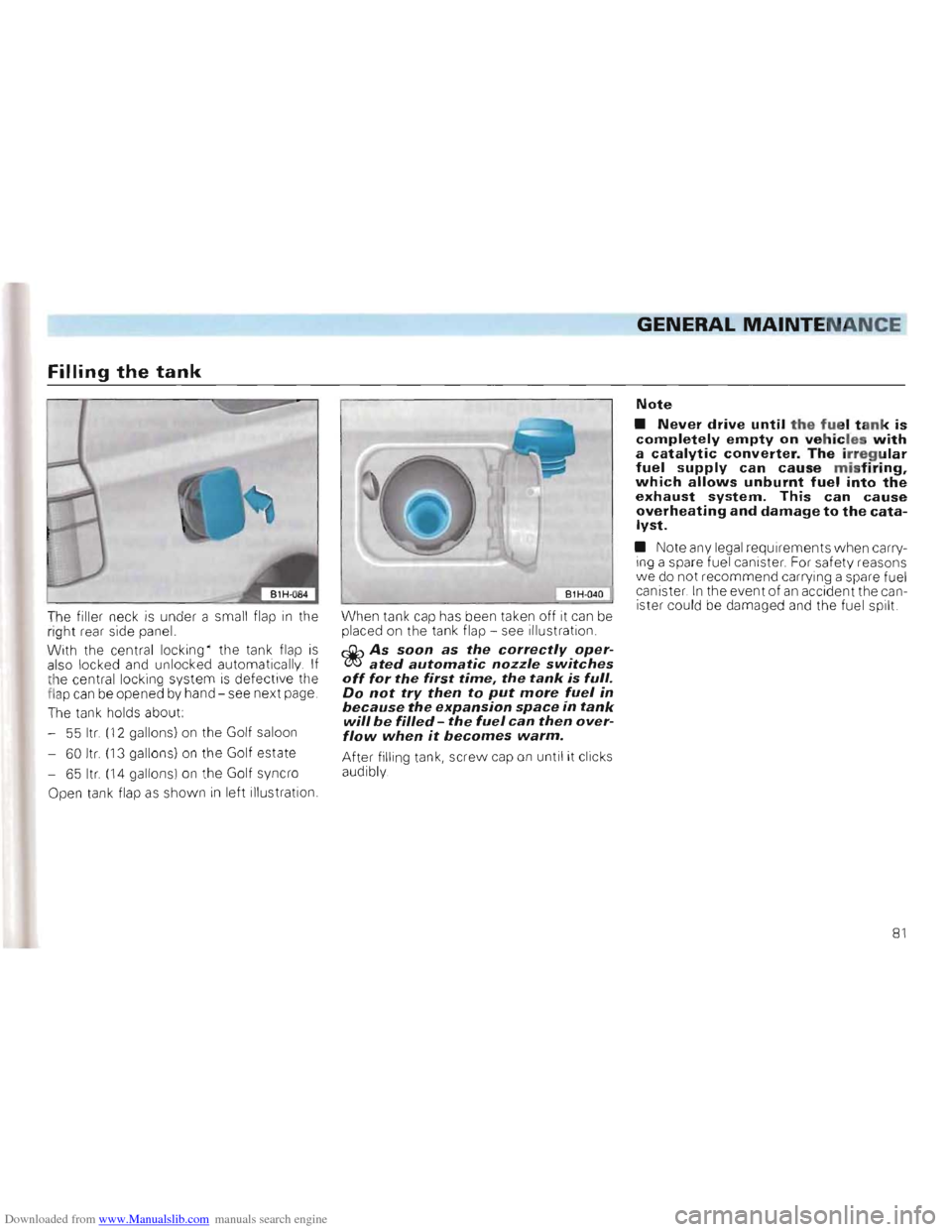
Downloaded from www.Manualslib.com manuals search engine Filling the tank
B1H-040
When tank cap has been taken off it can be
placed on the tank flap -see illustration.
r::ljb As soon as the correctly oper~ated automatic nozzle switches off for the first time, the tank is full. Do not try then to put more fuel in because the expansion space in tank will be filled -the fuel can then overflow when it becomes warm.
After filling tank, screw cap on until it clicks
audibly .
The
filler neck
is under a small flap in the
right rear side panel.
With the central locking ' the tank flap is also locked and unlocked automatically. If the central locking system is defective the fiapcanbeopenedbyhand-seene~page.
The tank holds about
-55 Itr (12 gallons) on the Golf saloon
- 60 Itr.
(13 gal lons) on the Golf estate
- 651tr .
(14 gallons) on the Golf syncro
Open
tank flap as shown in left illustr ation.
Note
• Never drive until 1he fuel tank is completely empty on vehicles with a catalytic converter. The irregular fuel supply can cause misfiring, which allows unburnt fuel into the exhaust system. This can cause overheating and damage to the catalyst.
• Note any lega l requirements when carry
ing a spa re fuel canis ter. For safety reasons we do not recommend carrying a spare fuel
canister. In the event of an accident the can
ister could be damaged and the fuel spilt.
81
Page 84 of 156
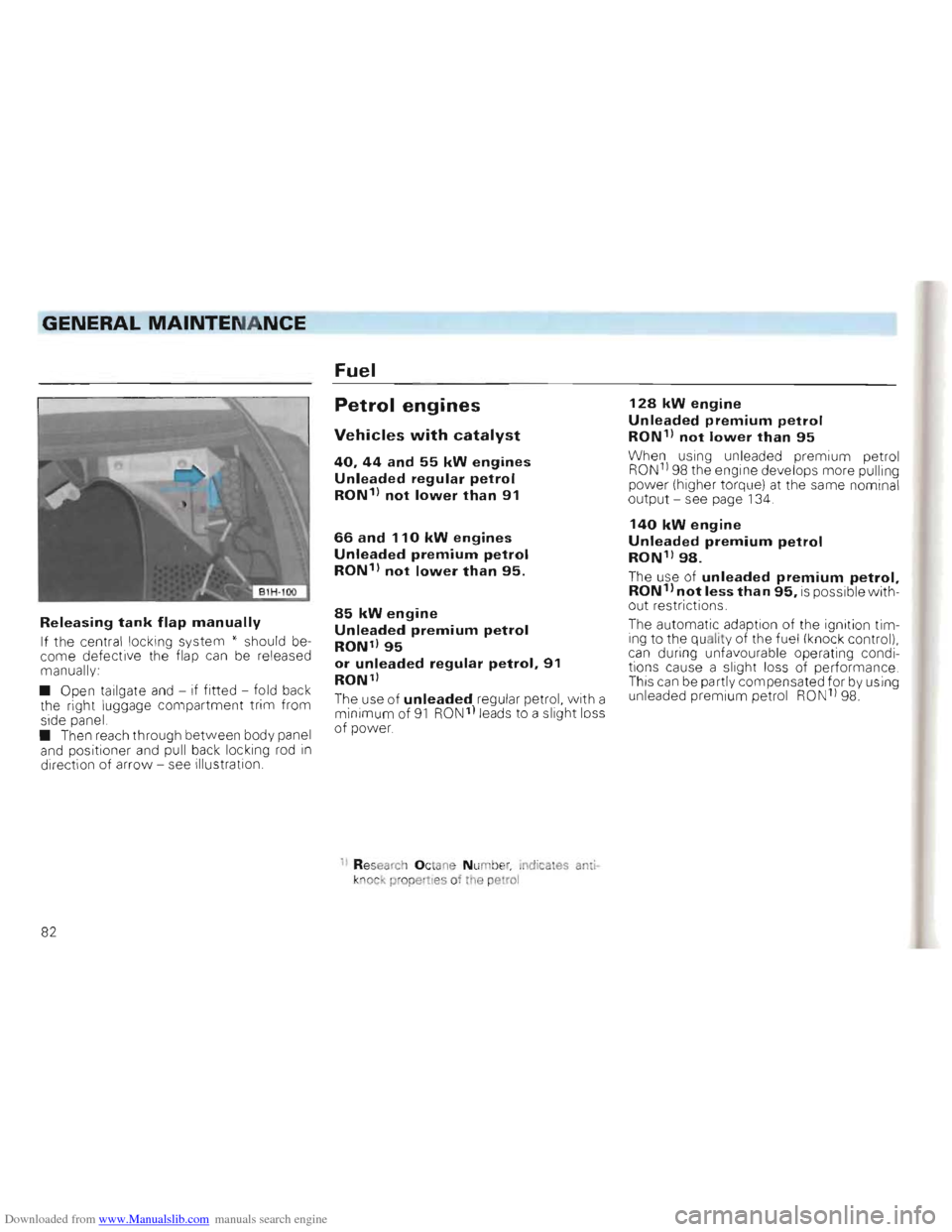
Downloaded from www.Manualslib.com manuals search engine GENERAL MAINTENANCE
Fuel
Releasing tank flap manually
If the central locking system * should become defective the flap can be released
manually :
• Open tailgate and -if
fitted -fold back
t he righ t luggage compartment trim from
side panel.
• Then reach through bet
ween body panel
and positioner and pull back loc king rod In directio n of arrow - see Illustration .
Petrol engines
Vehicles with catalyst
40. 44 and 55 kW engines
Unleaded regular petrol
RON1) not lower than 91
66 and 110 kW engines
Unleaded premium petrol
RON1) not lower than 95.
85 kW engine
Unleaded premium petrol
RON') 95
or unleaded regular petrol. 91
RON')
The use of unleaded regular petrol, with a
min imum of 91 RON ') leads to a slight loss
o f power
11 Re se arch O ctane Num b r, indicates anti
k nock properties of the pe rol
128 kW engine
Unleaded premium petrol
RON1) not lower than 95
When u sing un leaded premium petrol RON1) 98 the engine develops more pulling power (higher torque) at the same nominal output -see page 134.
140 kW engine
Unleaded premium petrol
RON') 98.
The use
of unleaded premium petrol. RON1) not less than 95. is possible without restrictions.
The automatic adaption
of the ignition tim
ing to the quality of the fuel (knock control),
can during unfavou rable operating condi
tions cause a s
light loss of performance
This can be partly compensated for by uS ing
un lead ed prem ium petro l RONlI 98 .
82
Page 85 of 156
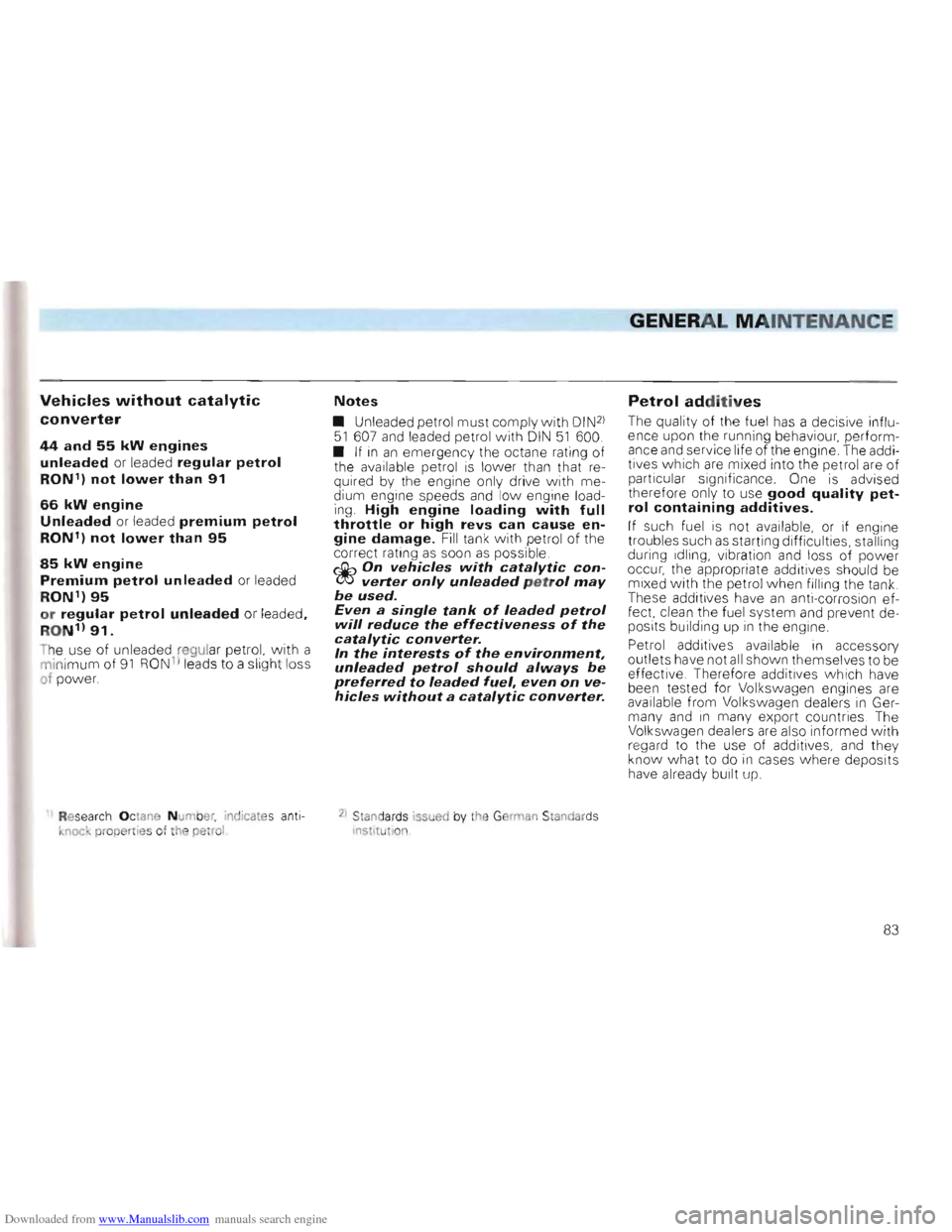
Downloaded from www.Manualslib.com manuals search engine GENERAL MAINTENANCE
Vehicles without catalytic
converter
44 and 55 kW engines
un leaded or leaded regular petrol
RON') not lower t han 91
66 kW engine
Unleaded or leaded premium petrol
RON') not lower than 95
85 kW engine
Premium petrol unleaded or leaded
RON') 95
or regular petrol unleaded or l eaded . RON1) 91.
The use of u n leaded regular petrol, with a
m inimum of 91 RON1) leads to a slight loss of power .
Research Octane Num ber , indicate s anti
knock properties o f the petrol.
Notes
• Unleaded petrol must comp ly with DIN21 51 607 and leaded petrol with DIN 51 600.
• If i n an emergency the octane rating of
the available petrol is lower than that required by the engine only drive with me
dium engine speeds and low engine load
ing. High engine loading with full throttle or high revs can cause engine dam ag e. Fill tank with petrol of the
correct rating as soon as possible &.., On vehicles with catalytic con
~verter only unleaded petrol may
be used.
Even a single tank of leaded petrol
will reduce the effectiveness of the
catalytic converter.
In the interests of the environment,
unleaded petrol should always be
preferred to leaded fuel. even on ve
hicles without a catalytic converter.
21 Stan dards issued by th e G rman Standards inslltu\l on
Petrol additives
The quality of the fuel has a decisive influ
ence upon the running behaviour, perform
ance and ser v ice life of the engine. The addi
ti ves which are mixed into the petrol are of particular sign ificance. One is advised
theref ore only to use good quality petrol containing additives.
If such fu el is not available, or if eng ine troubles such as starting difficulties, stall ing during idling, vibratio n and loss of power
occur, the approp riate additives should be mixed with the petro l w hen filling the tank.
These additives have an anti-corrosion ef
f ect, clean the fuel system and prevent de
posits building up in the engine.
Petrol additives available
in accessory
outlets have not all shown themsel ves to be effective. Ther efore additives which have been tested for Volkswagen engines are
available from Volkswagen dealers in Germany and in many export countries . The Volks wagen dealers are also informed with
r e gard to the use of additives , and they
kno w what to do in cases where deposits have already built up.
83
Page 86 of 156
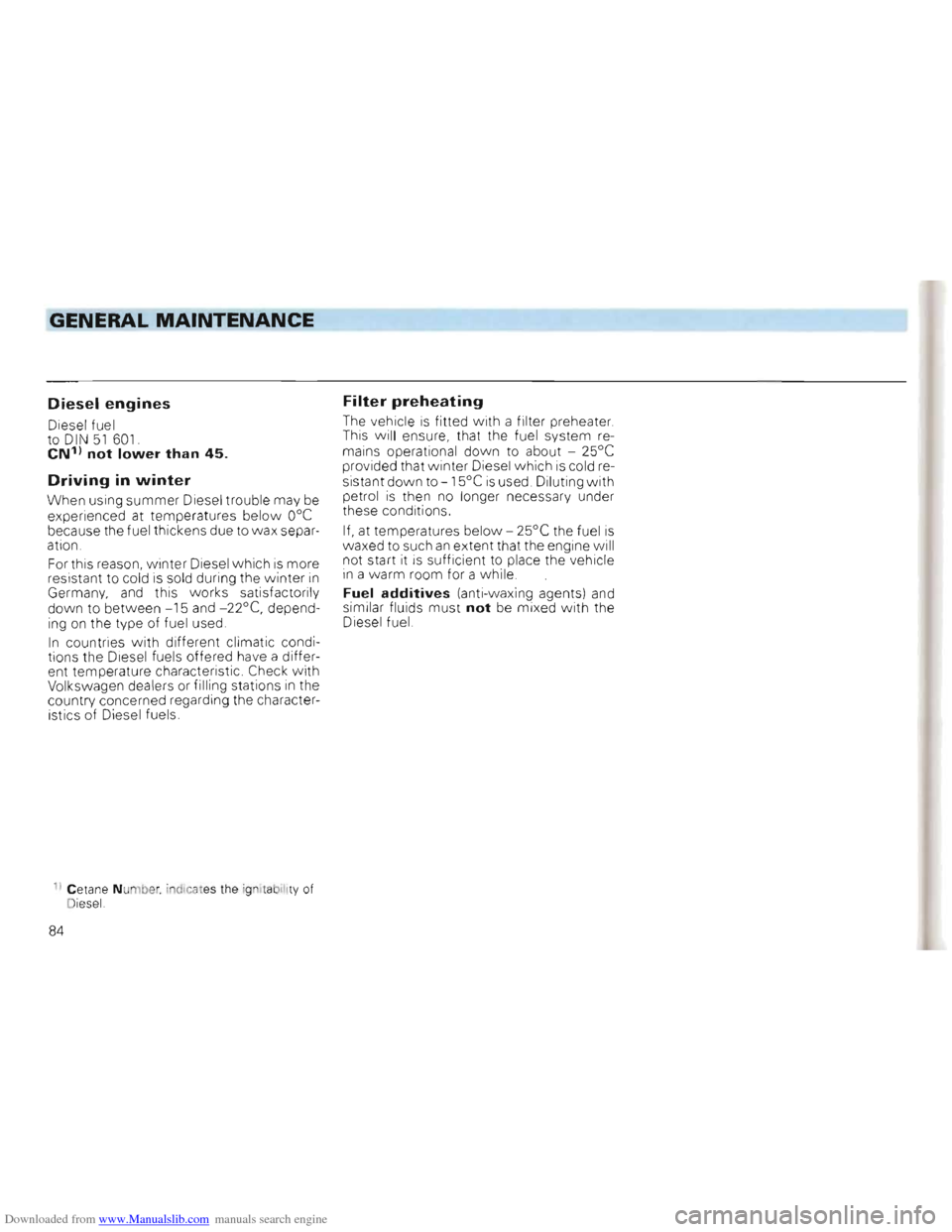
Downloaded from www.Manualslib.com manuals search engine GENERAL MAINTENANCE ~~~~~~=--------------------
Diesel engines
Diesel fuel
to DIN 51 601. eN1) not lower than 45.
Driving in winter
When using summer Diesel trouble may be experienced at temperatures below Ooe because the fuel thickens due to wax separ
ation.
For this reason, w inter Diesel which
is more
resistant to cold is sold during the winter in Germany, and this works satisfactorily
down to between -15 and -22°e, depend
ing on the type of fuel used.
In countries with different climatic condi
tions the Diesel fuels offered have a differ
ent temperature characteristic. Check with
Volkswagen dealers or filling stations
in the
country concerned regarding the character
istic s of Diesel fuels.
Filter preheating
The vehicle is fitted with a filter preheater.
This will ensure , that the fuel system remains operational down to about -25°e provided that winter Diesel which is cold resistant down to -15°e is used. Diluting with
petrol is then no longer necessary under
these conditions.
If, at temperatures below -25°e the fuel is waxed to such an extent that the engine w ill
not sta rt it is sufficient to place the vehicle in a warm room for a while .
Fuel additives (anti-waxing agents) and
similar fluids must not be mixed with the
Diesel fuel.
11 Cetane N u bee ind icates the ig nltabillty of
D iesel.
84
Page 87 of 156
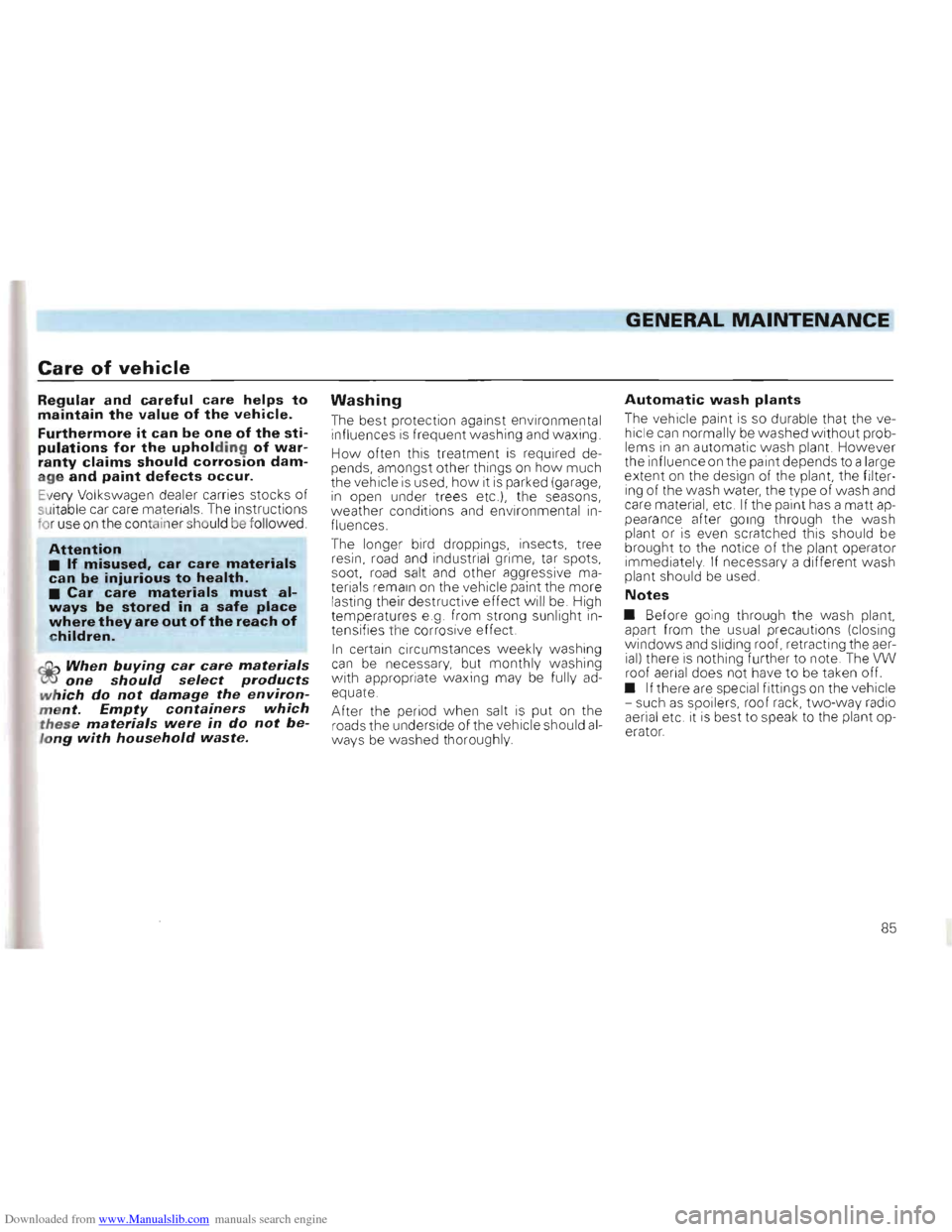
Downloaded from www.Manualslib.com manuals search engine GENERAL MAINTENANCE
Care of vehi cle
Reg ular and careful care helps to m aintain the value of th e vehicle.
F
urthermore it can be one of the stipulations for the upholding of war
ranty claims should corros ion damage and paint defects occur.
Eve ry Volkswagen dealer carries stocks of su itabl e car care materials. The instr uctions for use on the containe r sh o uld be followed.
Attention • If misused, car care materials can be injurious to health. • Car care materials must always be store d in a safe place w here they are out ofthe reach of children.
~W hen buying car care materials W one should select products which do not damage the environment. Empty co n tainers which these materials wer e in do not belong with household waste.
Washing
The best protection against environmental influences is frequent washing and waxing .
How often this treatment is require d de
pends , amongst other things on how much
the vehicle is used, how it is parked (garage, in open under trees etc.), the seasons ,
w eather conditions and environmental in
fluences.
The longer bird dropp
ings, insects, tree resin , road and industr ia l grime, tar spots ,
soot, road s alt and other aggress ive ma
terials rema in o n the vehicle paint the more
l asting their destructive effect w ill be . High
temperatur es e .g . from strong sunli ght in
t ensi fies th e corrosi ve effe ct.
In certain circumstances weekly washing can be necessary, but monthly washing
with appropr iate waxi ng may be fully adequa te.
After the pe riod when salt is put on the
r oads the underside of the vehic le should al
w ay s be washed thoroughly.
Automatic wash plants
The vehic le paint is so durable that the ve
hicle can norma lly be washed without prob
lems in an aut omatic wash plant. However
the influe nce on the paint depends to a large
e xtent on the design of the plant, the filter
ing of the wash water, the type of wash and
care mater i
al, etc. If the paint has a matt appearance after gOing through the wash
p lant or is even scratched thi s shou ld be
brought to the notice of the plant operato r
immediately If necessary a different wash
p lant should
be used .
Notes
• Before going through the wash plant, apart from the usual precautions (closing windows and sliding roof, retrac ting the aerial) there is noth ing further to note . The VW
roof aerial does not have to be taken off.
• If there are specia l fittings on the vehicle
- such as spoilers, roof rack, two-way radio
aeria l etc . it is best to speak to the plant op
erator.
85
Page 88 of 156
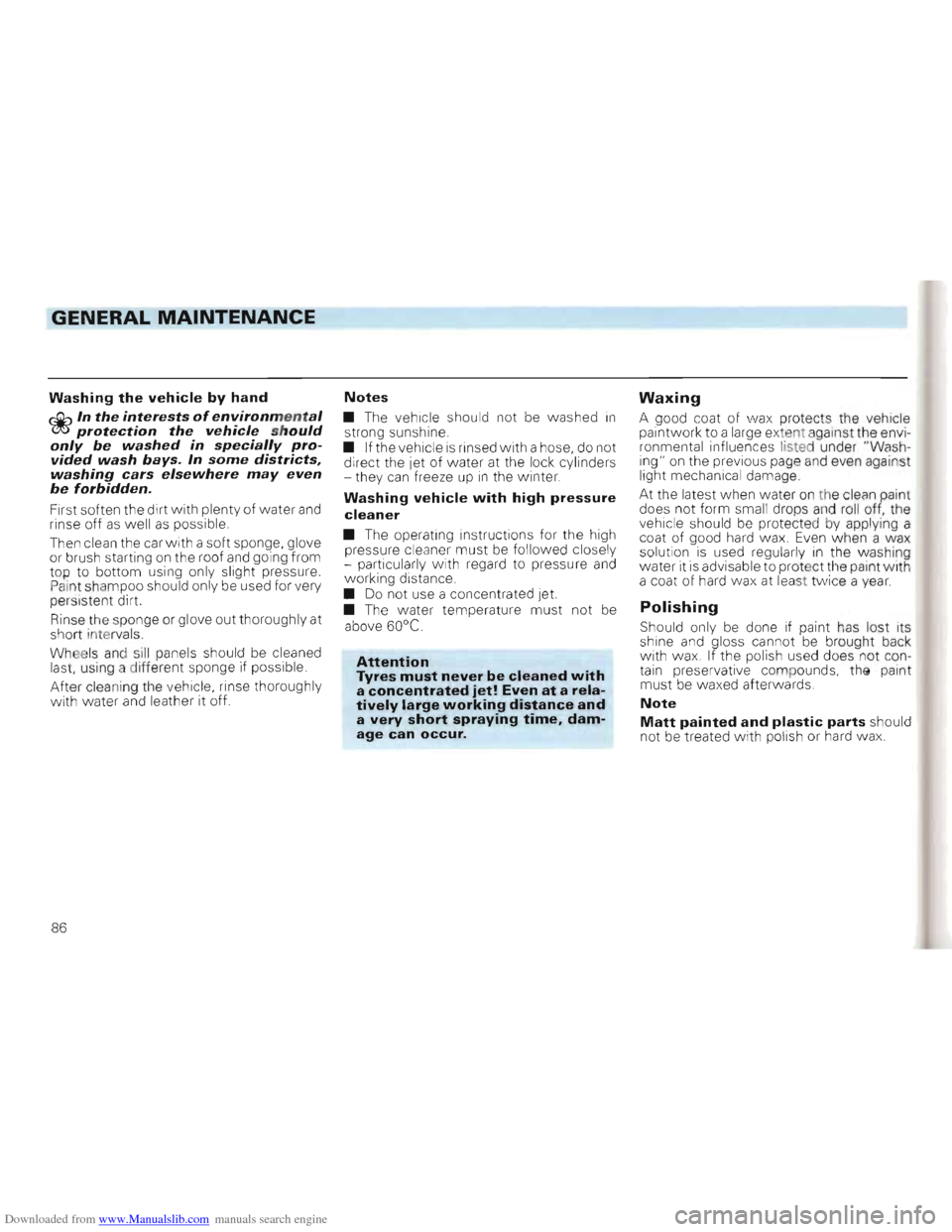
Downloaded from www.Manualslib.com manuals search engine GENERAL MAINTENANCE
W ashing the vehicle by hand
~In the interests ofe n vironmental ~protection the vehicle s hould only be washed in specially provided wash bays. In some districts, washing cars elsewhere may even be forbidden .
First soften the dirt
with plenty of water and
rinse off as well as possible.
Th en clean the car with a soft sponge, glove
or brush starting on the roof and going from
t o p to bottom using only slight pressure.
Pain t sham poo should only be used for very
p ersis tent dirt.
Rinse the s ponge or glove out thoroughly at
s l
lort intervals.
Wheels and sill panels should be cleaned
last, using a different sponge if possible.
After clea nin g the vehicle, rinse thoroughly
with water and leather it off.
Notes
• The vehicle should not be washed In strong sunshine.
• If the vehicle
is rinsed with a hose, do not
direct the jet of water at the lock cylinders
- they can freeze up in the winter.
Washing vehicle with high pressure
cleaner
• The operating instructions for the high
pressure cleaner must be followed closely
- particularly with regard to pressu re and working distance.
•
Do not use a concentrated Jet. • The water temperature must not be
above 60°e.
Attention
Tyres must never be cleaned with
a concentrated jet! Even at a rela
tively large working distance and
a very short spraying time, dam
age can occur.
Waxing
A good coat of "vax pro tects the vehicle
paintwork to a large extent again st the envi
ronmental influences listed under "Washing" on the previous page an d even against
light mechanical damage
At the latest
when water on th e clean paint
does not form small drops an d roll off, the
vehicle should be protec te d b y applying a
coat of good hard wax. Even when a wax
solution
is used regular ly in the washing water it is advisable to prote ct th e paint vVlth a coat of hard wax at least twice a year.
Polishing
Should only be done if paint has lost its
shine and gloss cannot be brought back
with wax. If the polish used does not con
tain preservative compounds, th~ pain t must be waxed afterwards.
Note
Matt painted and plastic parts should
not be treated with pol is h or hard wax.
86
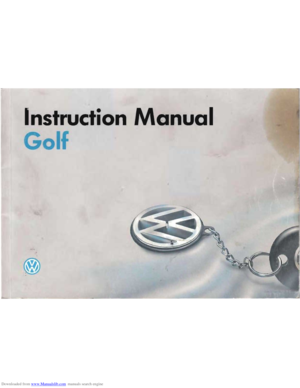 1
1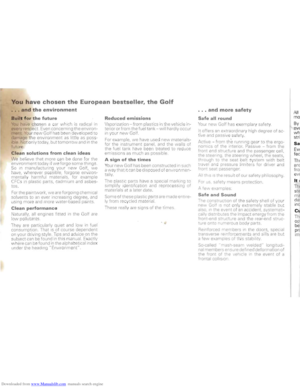 2
2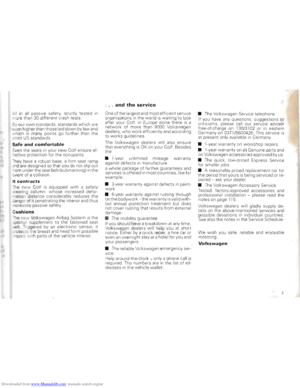 3
3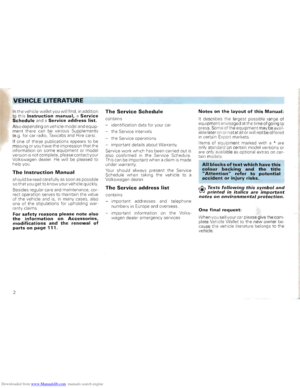 4
4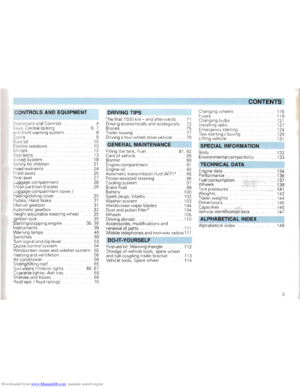 5
5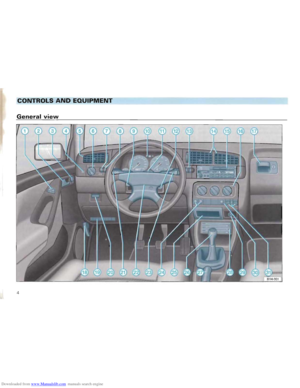 6
6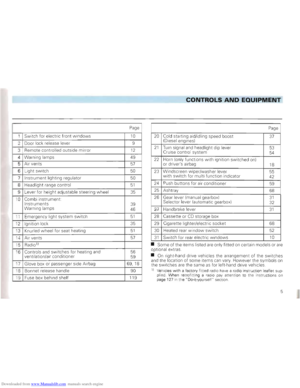 7
7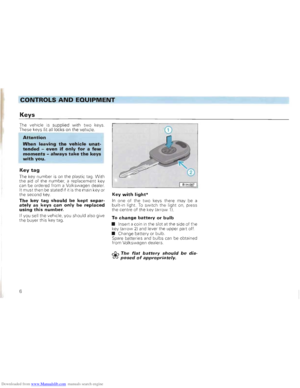 8
8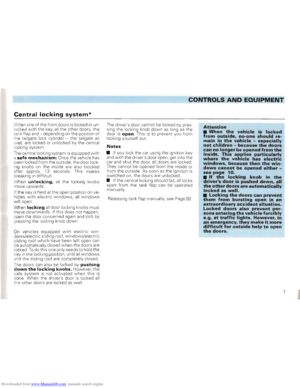 9
9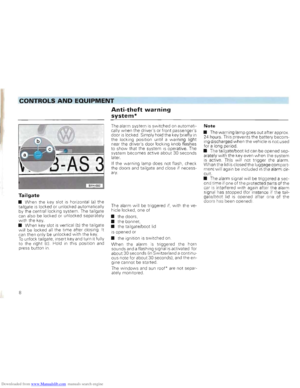 10
10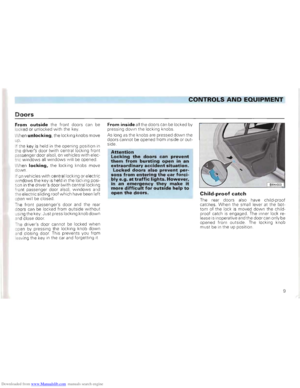 11
11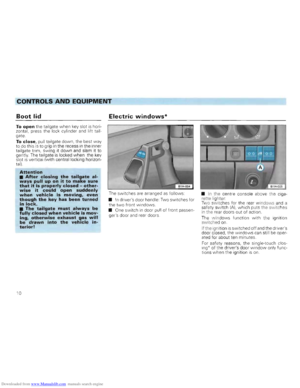 12
12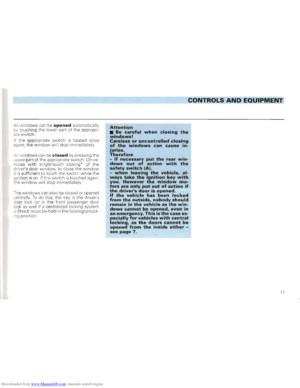 13
13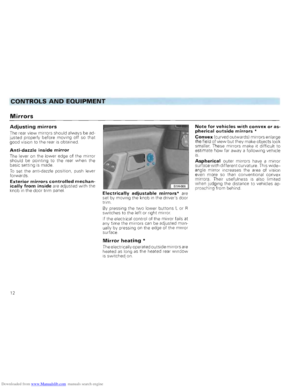 14
14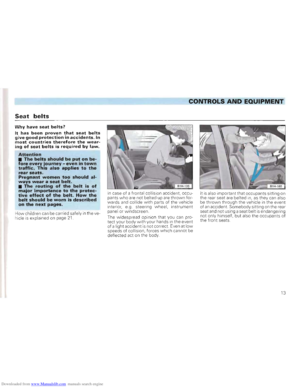 15
15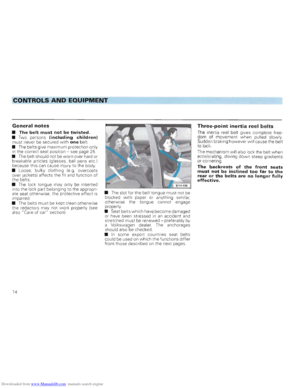 16
16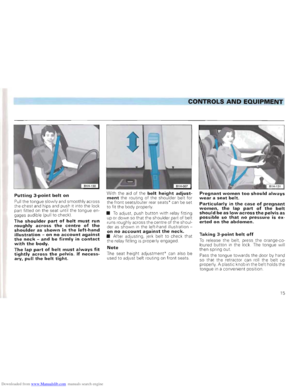 17
17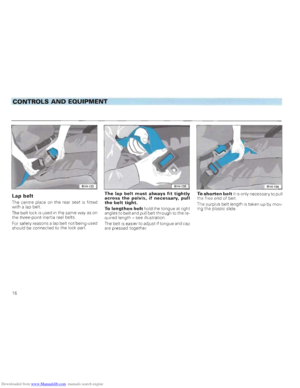 18
18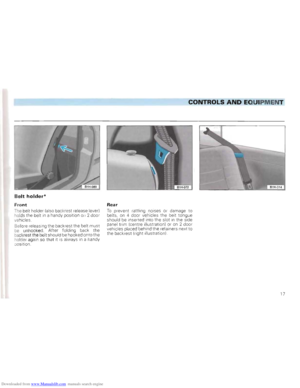 19
19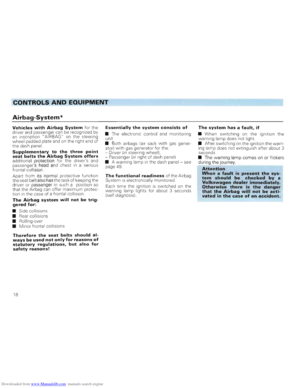 20
20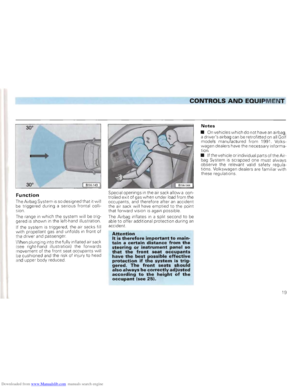 21
21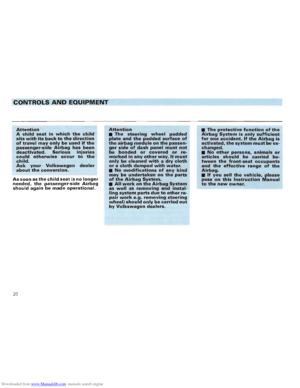 22
22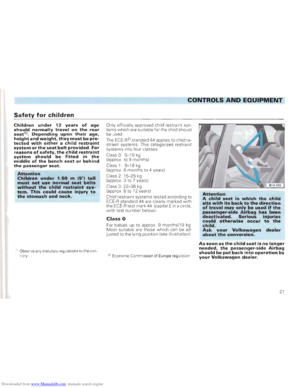 23
23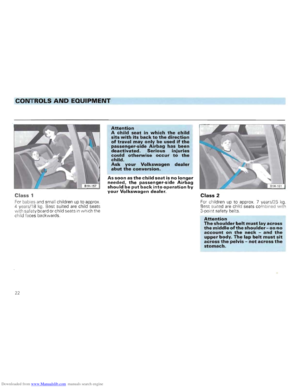 24
24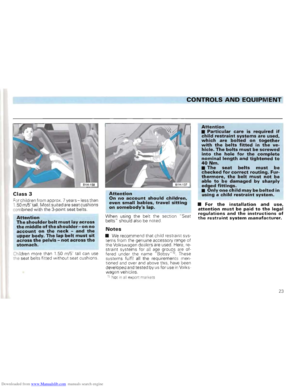 25
25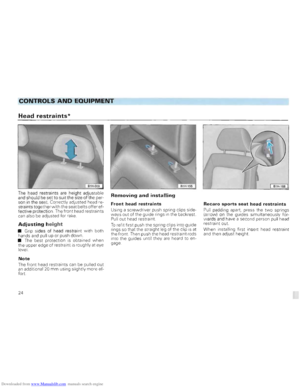 26
26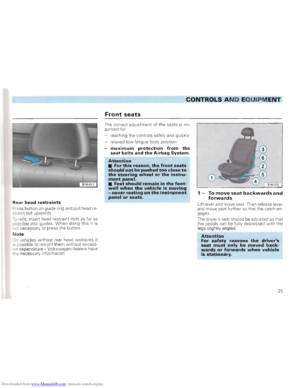 27
27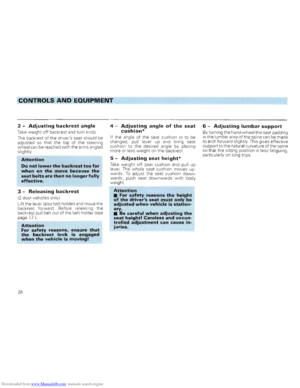 28
28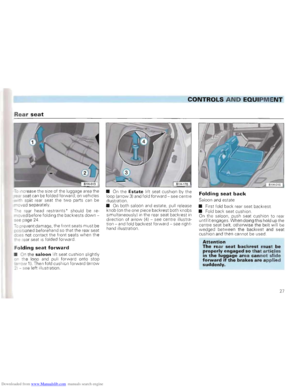 29
29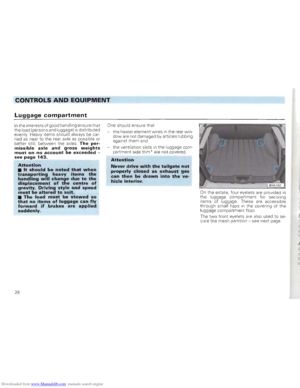 30
30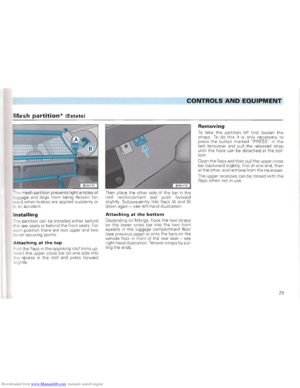 31
31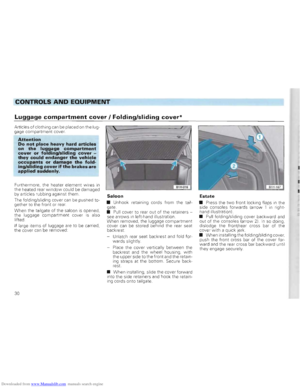 32
32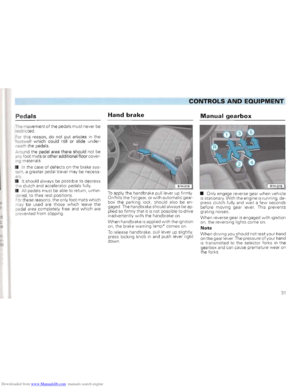 33
33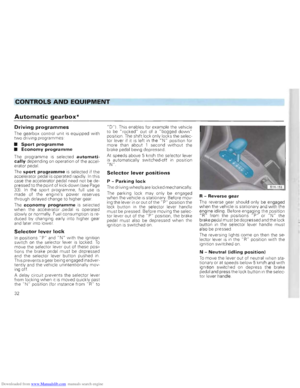 34
34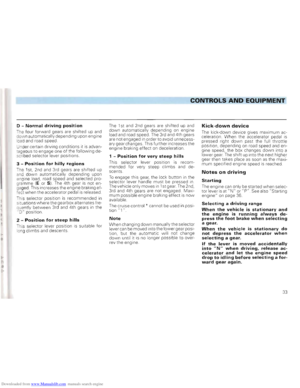 35
35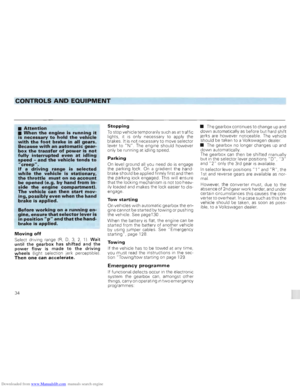 36
36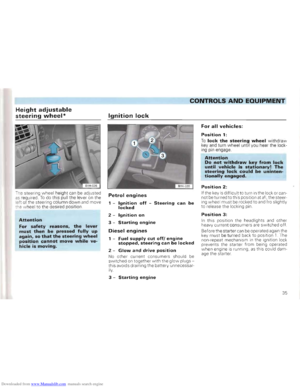 37
37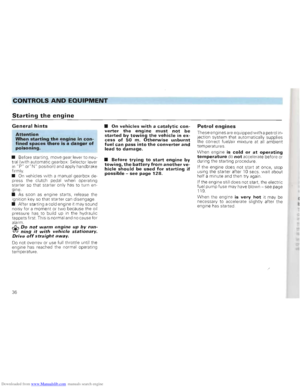 38
38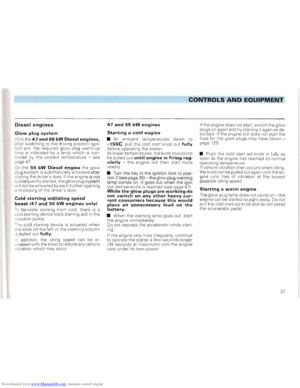 39
39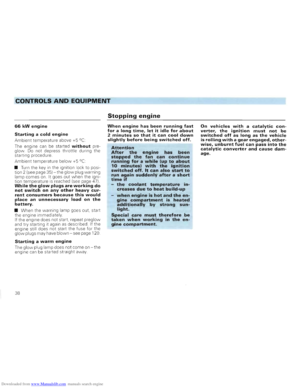 40
40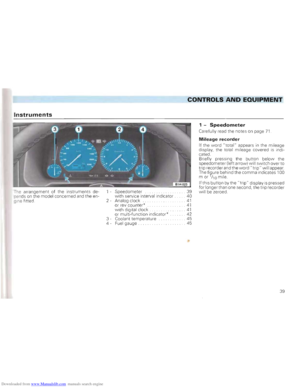 41
41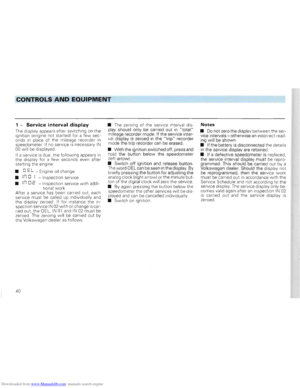 42
42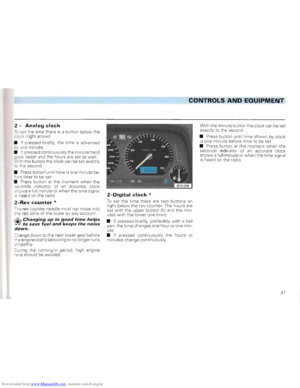 43
43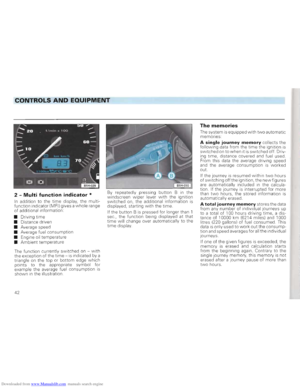 44
44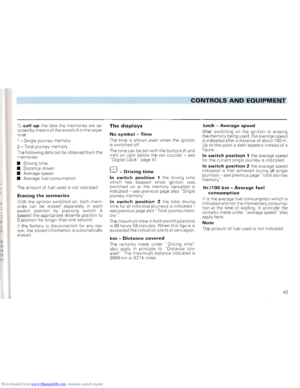 45
45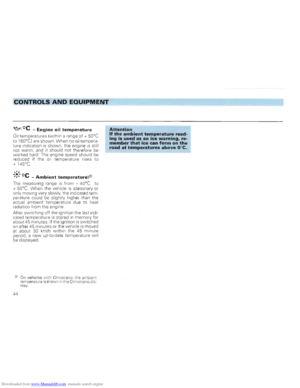 46
46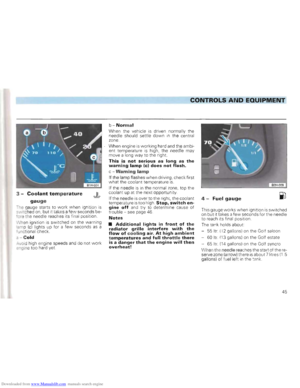 47
47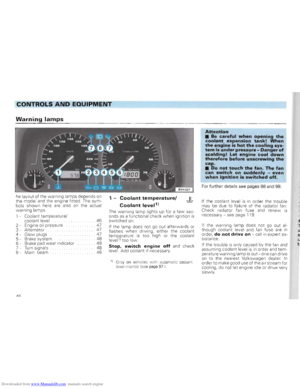 48
48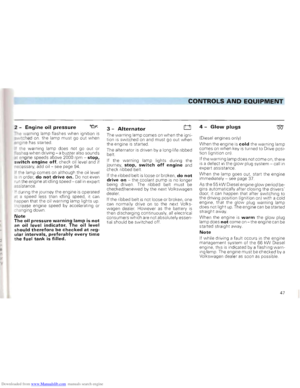 49
49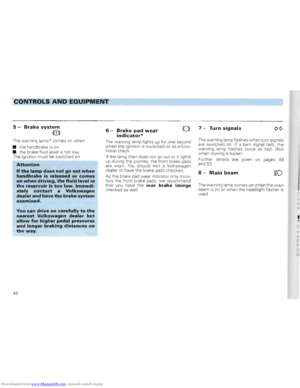 50
50 51
51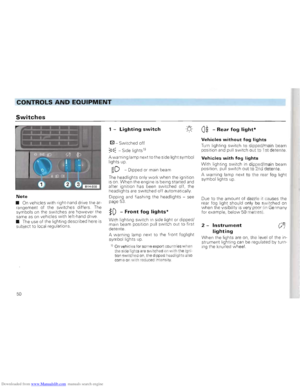 52
52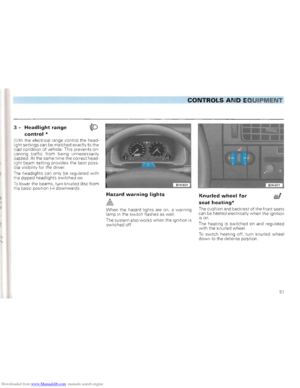 53
53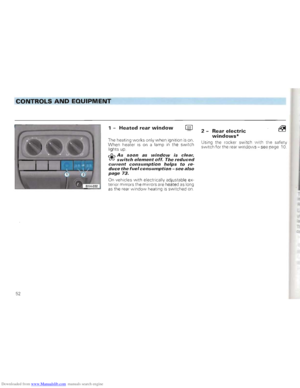 54
54 55
55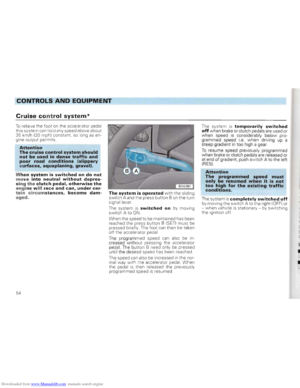 56
56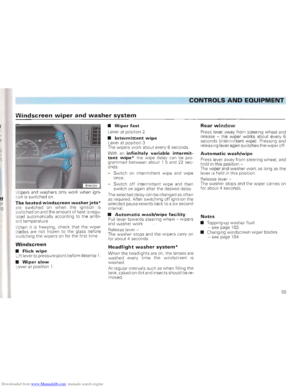 57
57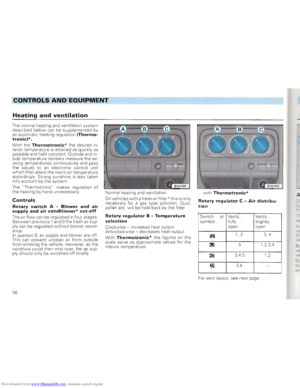 58
58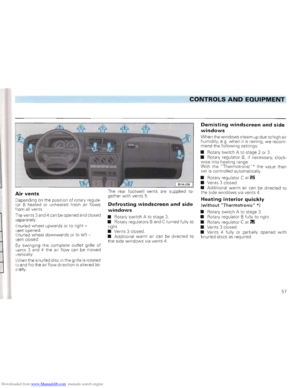 59
59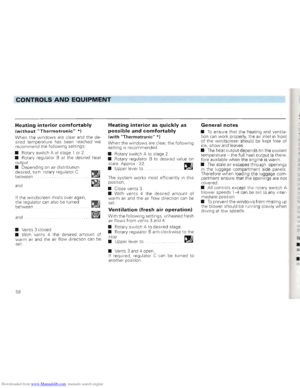 60
60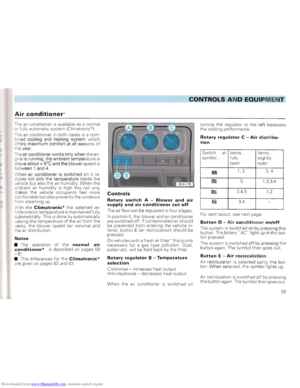 61
61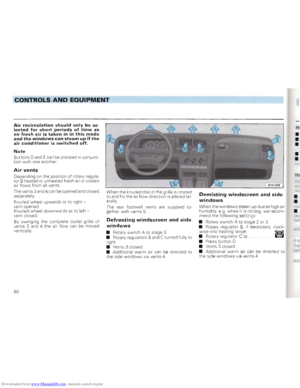 62
62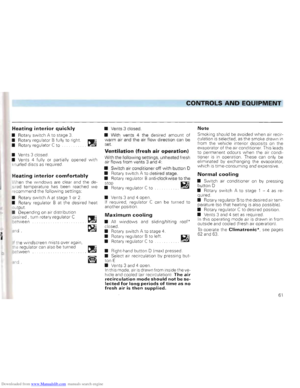 63
63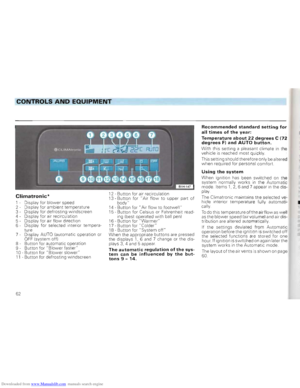 64
64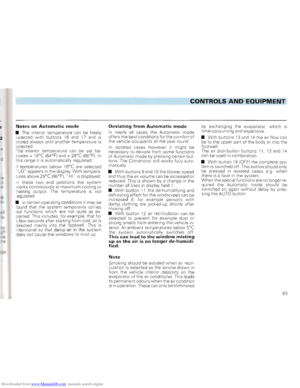 65
65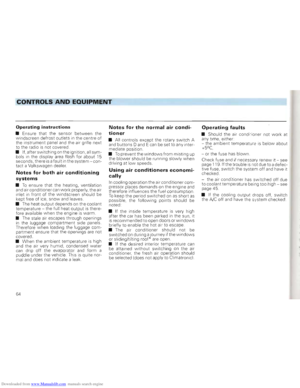 66
66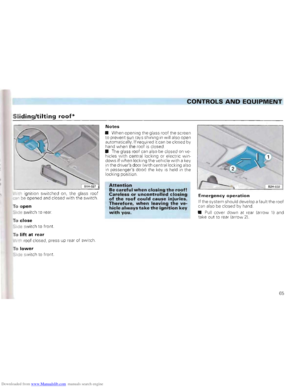 67
67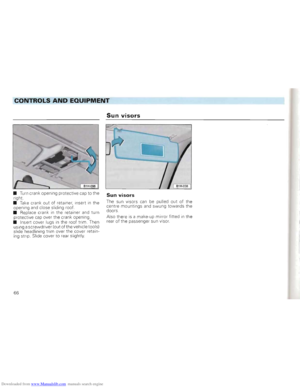 68
68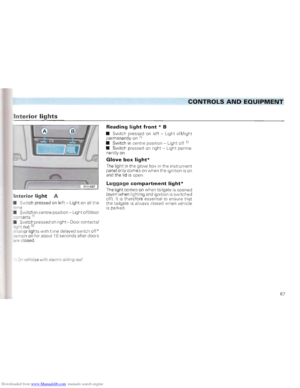 69
69 70
70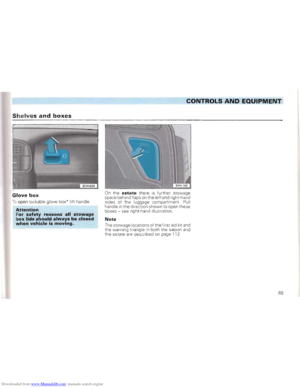 71
71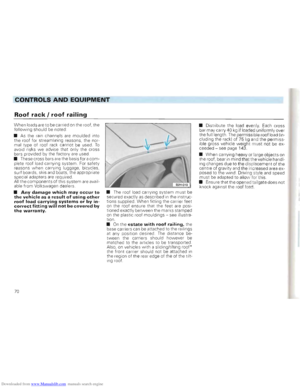 72
72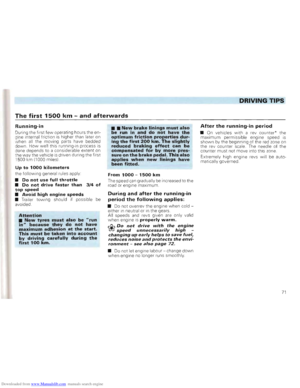 73
73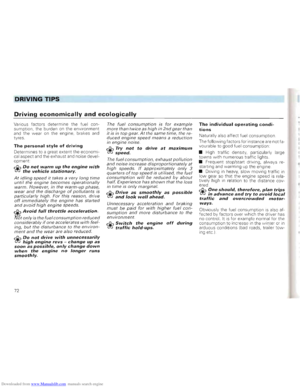 74
74 75
75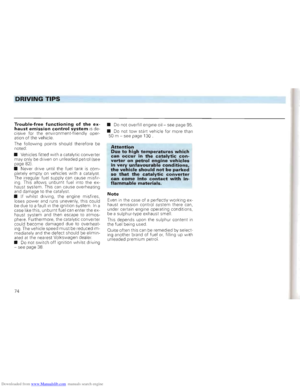 76
76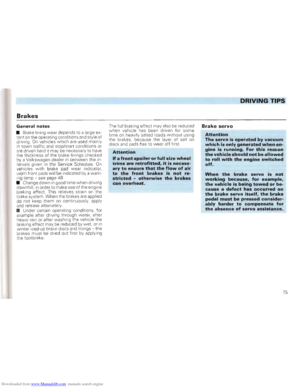 77
77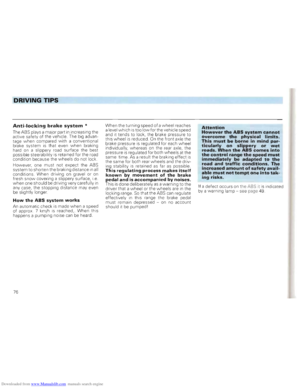 78
78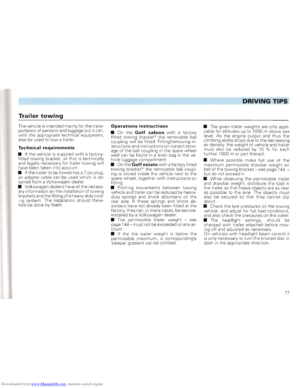 79
79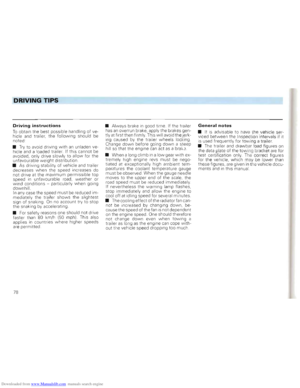 80
80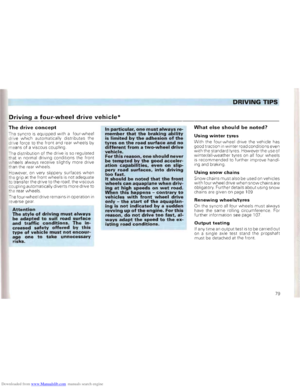 81
81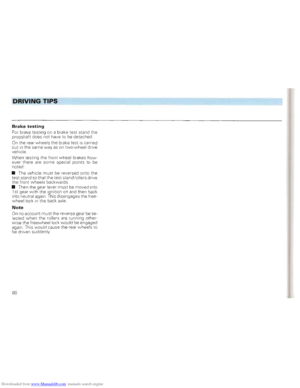 82
82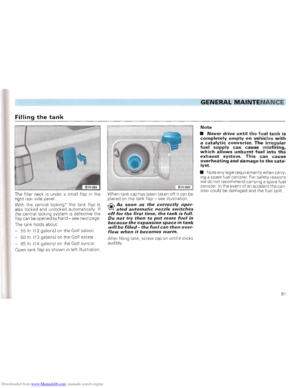 83
83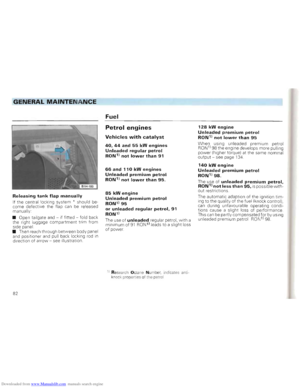 84
84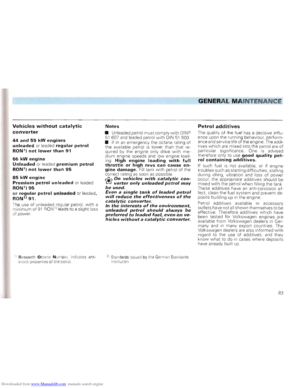 85
85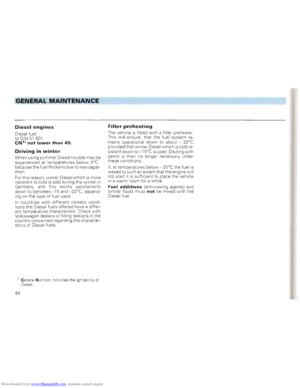 86
86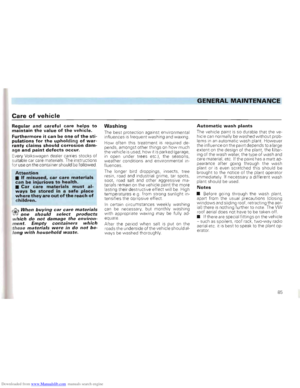 87
87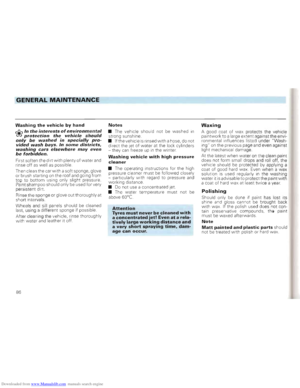 88
88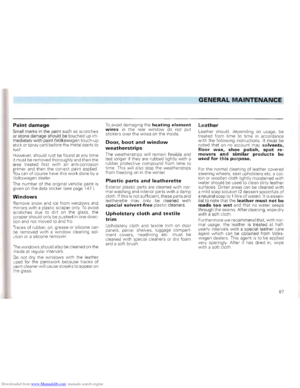 89
89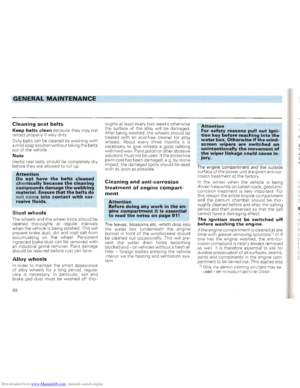 90
90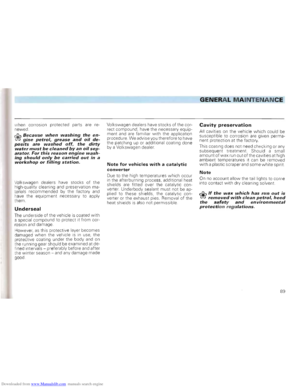 91
91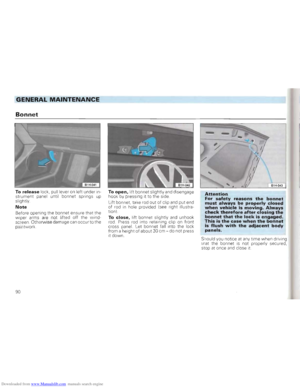 92
92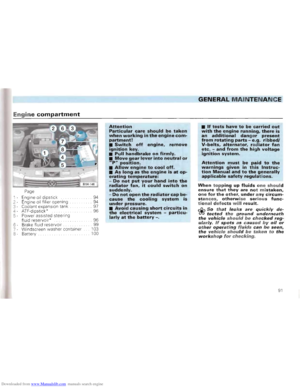 93
93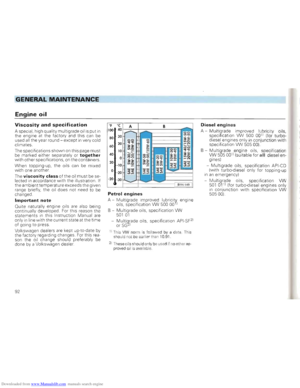 94
94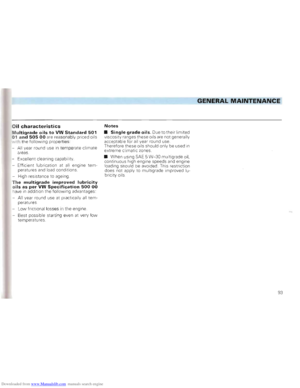 95
95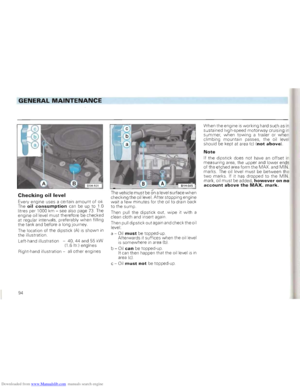 96
96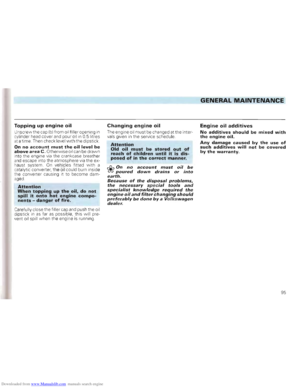 97
97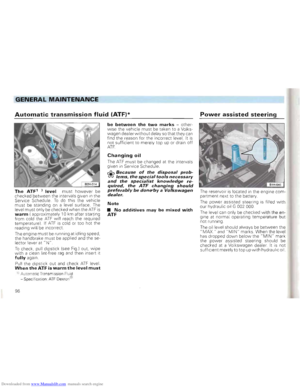 98
98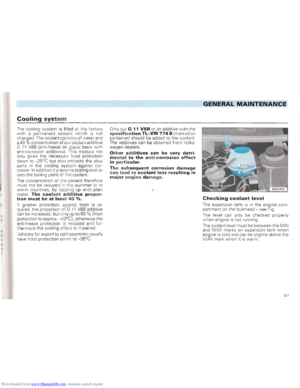 99
99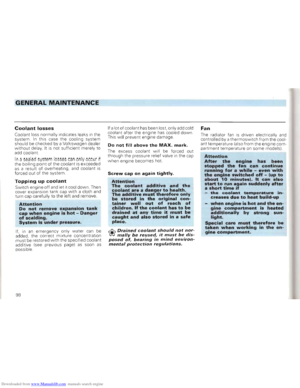 100
100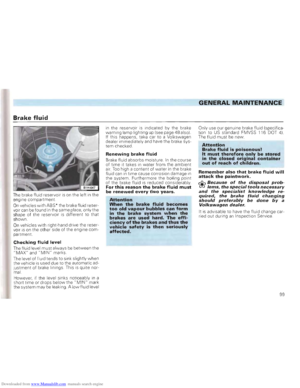 101
101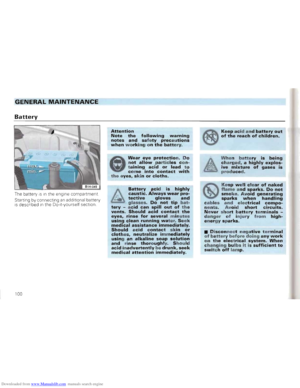 102
102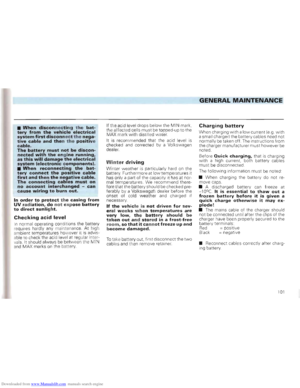 103
103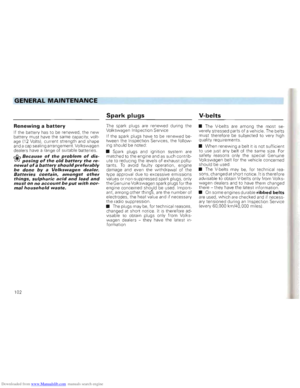 104
104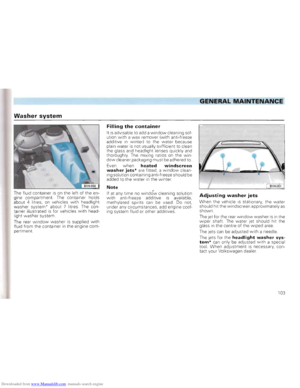 105
105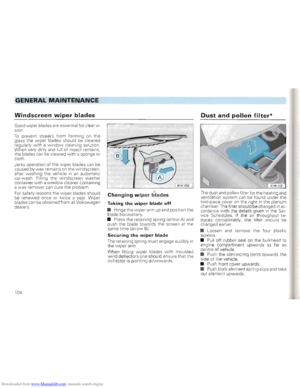 106
106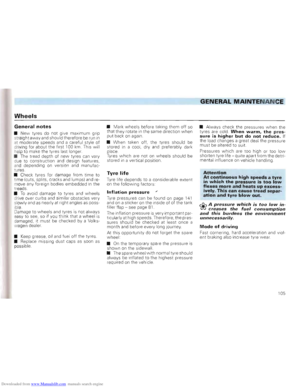 107
107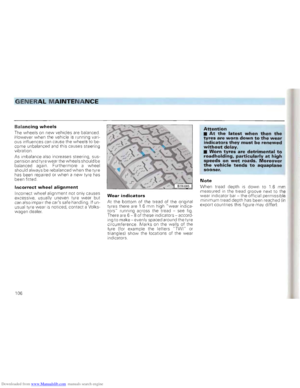 108
108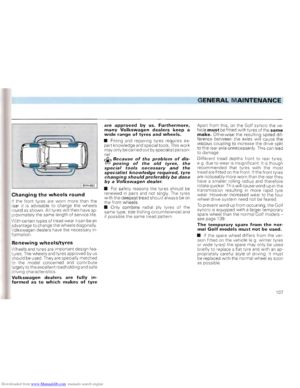 109
109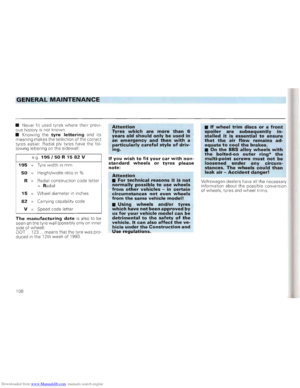 110
110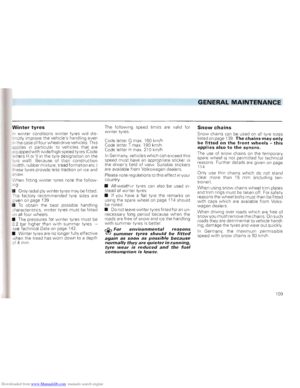 111
111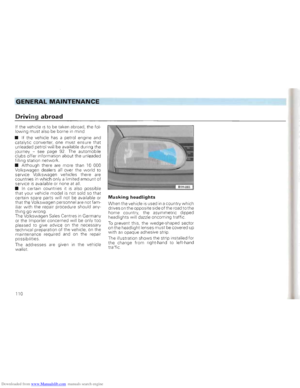 112
112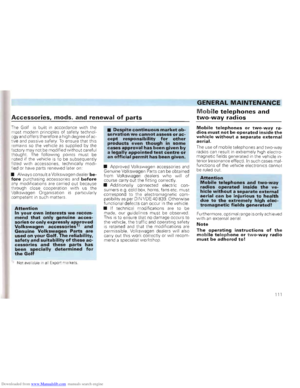 113
113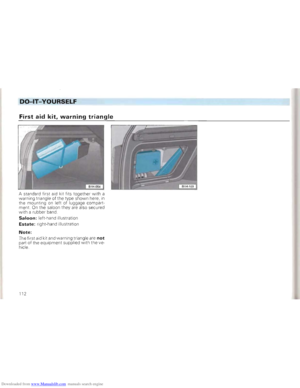 114
114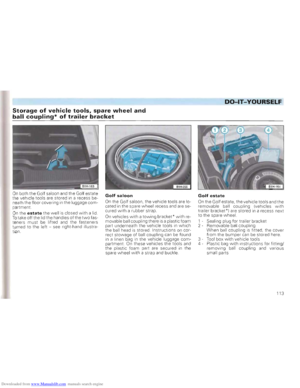 115
115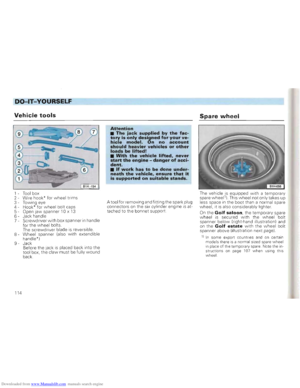 116
116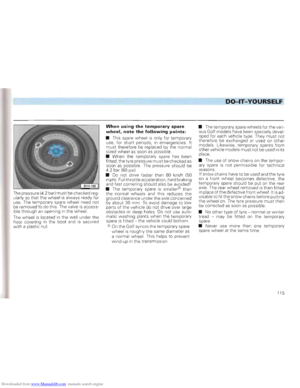 117
117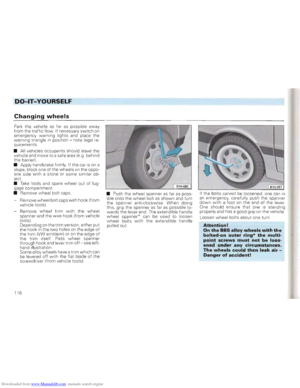 118
118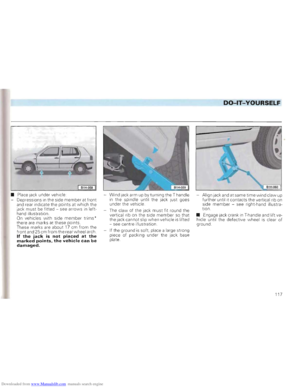 119
119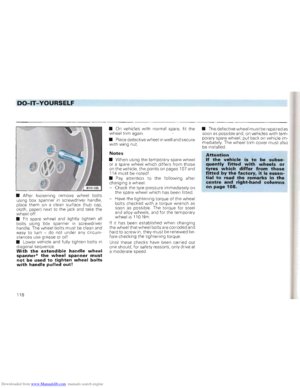 120
120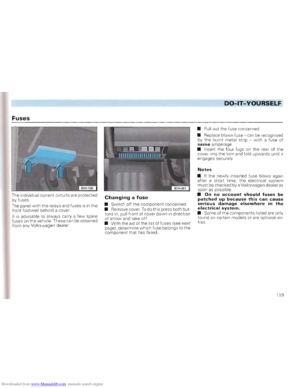 121
121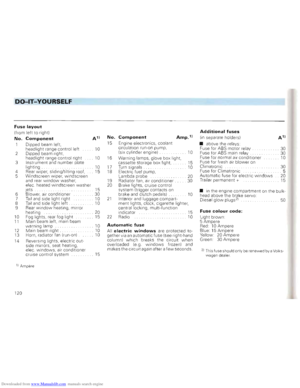 122
122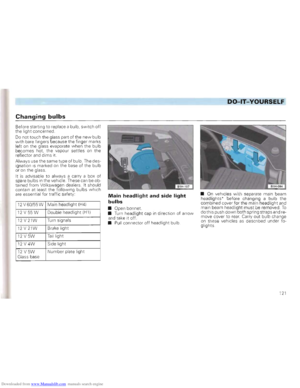 123
123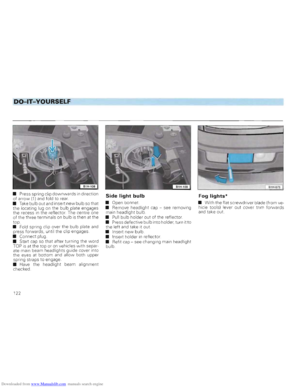 124
124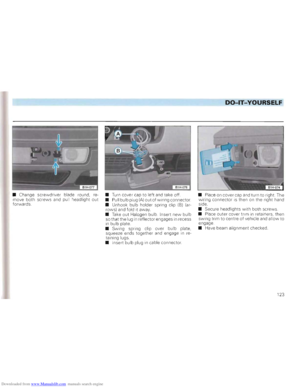 125
125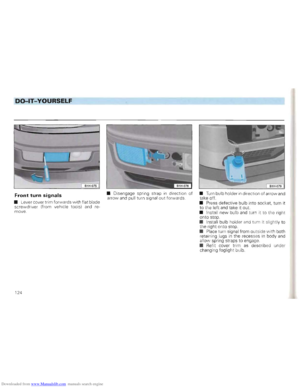 126
126 127
127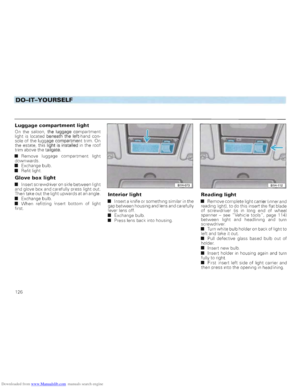 128
128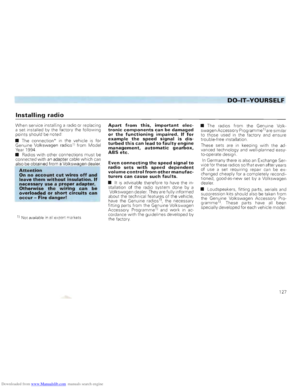 129
129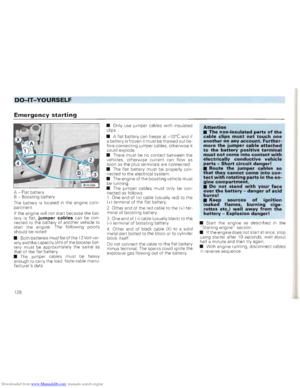 130
130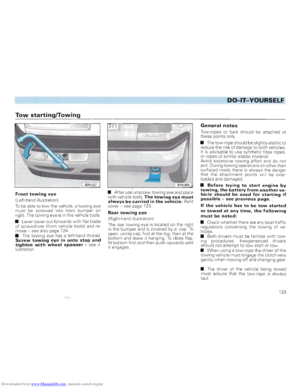 131
131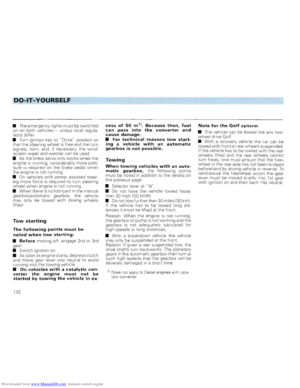 132
132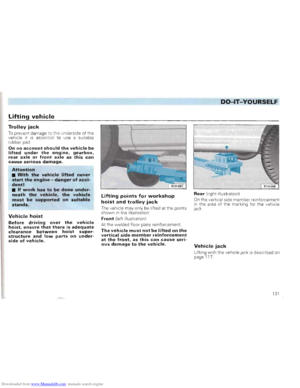 133
133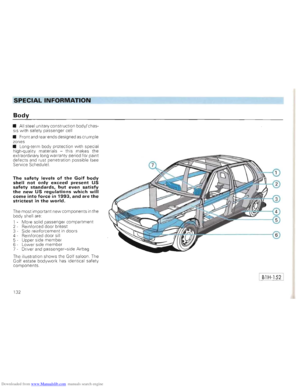 134
134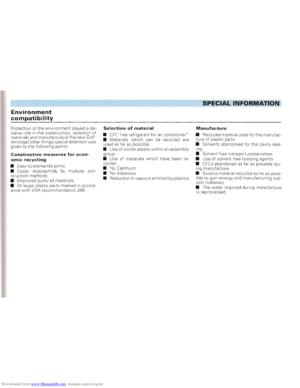 135
135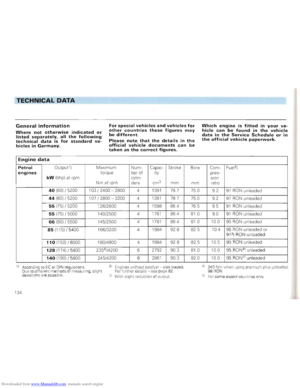 136
136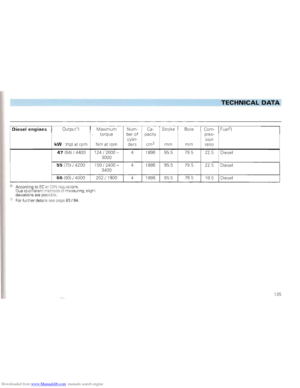 137
137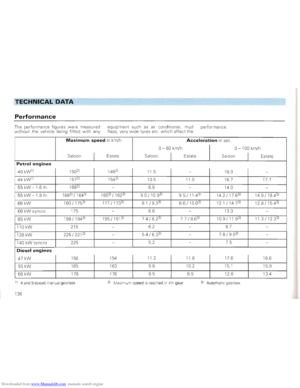 138
138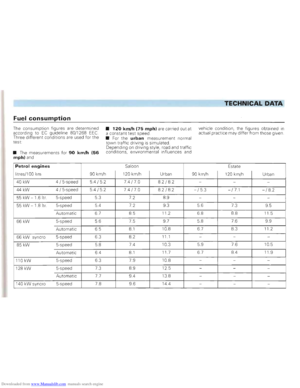 139
139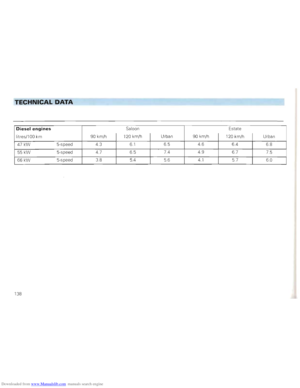 140
140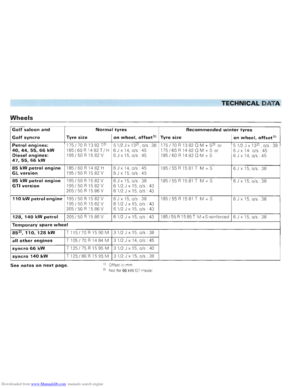 141
141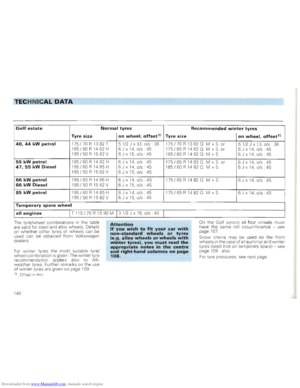 142
142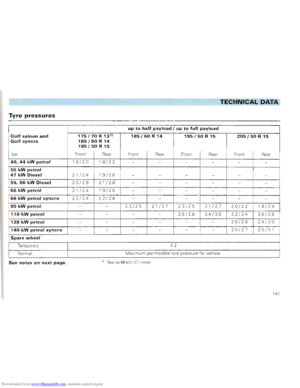 143
143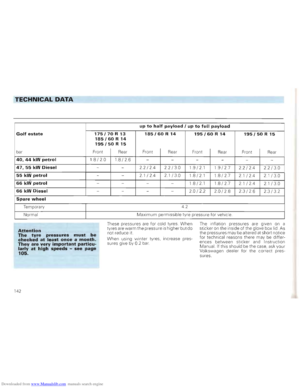 144
144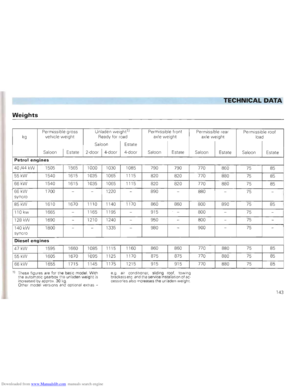 145
145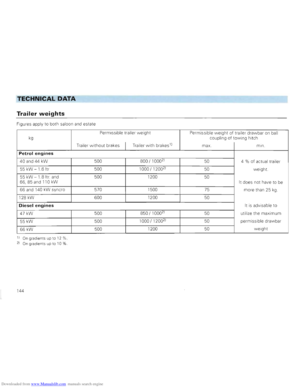 146
146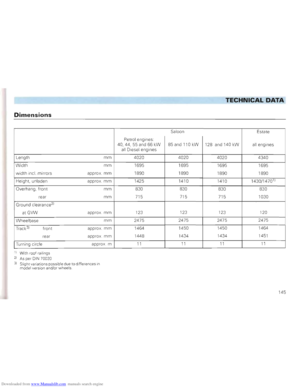 147
147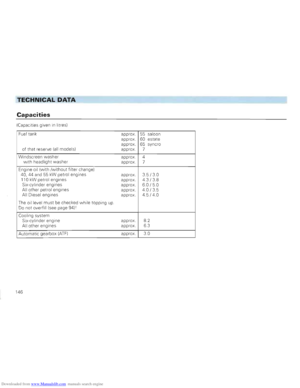 148
148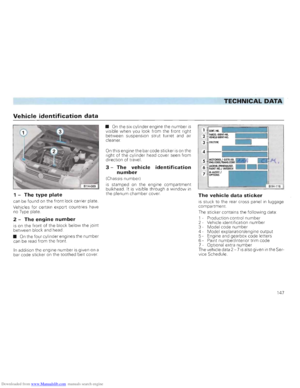 149
149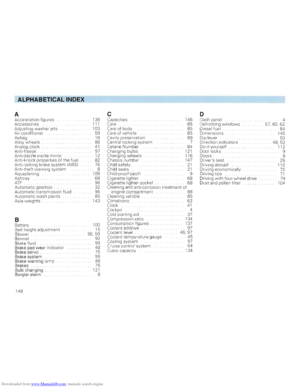 150
150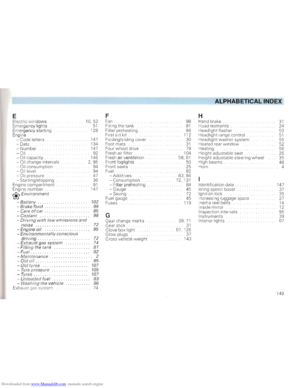 151
151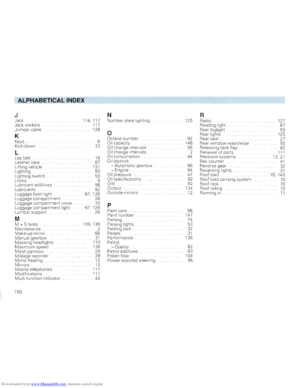 152
152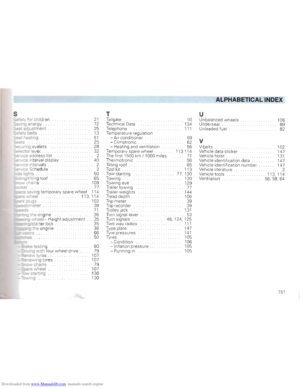 153
153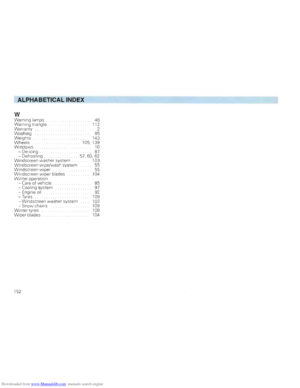 154
154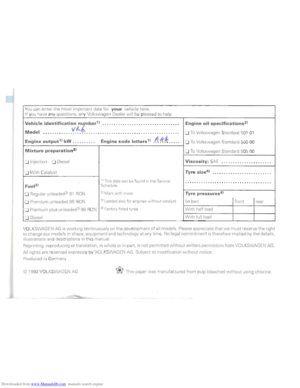 155
155
